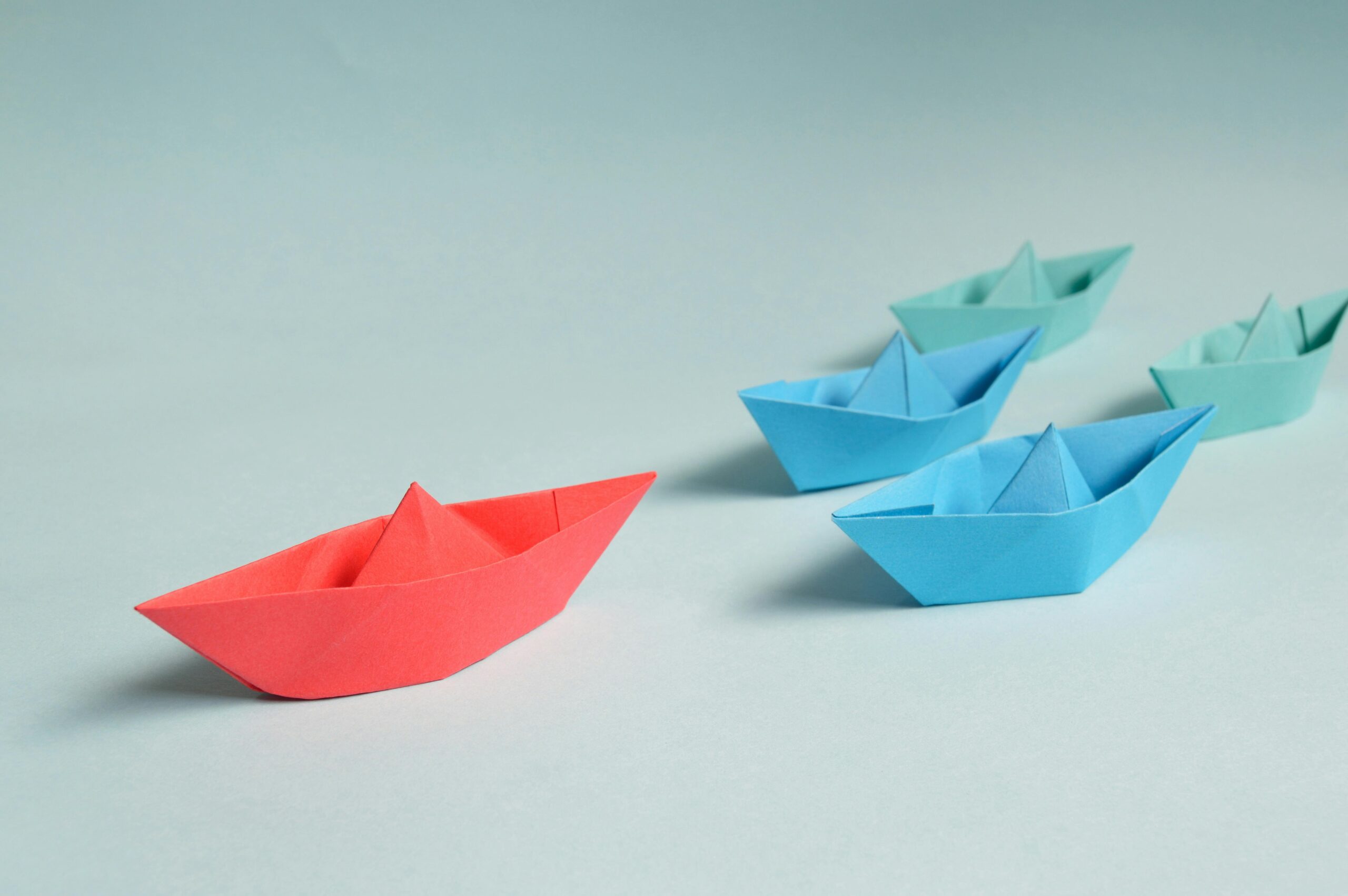For much of my life, I felt like a square peg in a world of round holes—especially when it came to leadership. Despite early wins, like being elected vice president of my college class, I struggled to step into traditional leadership roles. However, these challenges fueled my desire to help others grow. Over time, I learned to harness what made me unique, including traits from my ADHD, transforming perceived obstacles into superpowers.
ADHD, or Attention-Deficit/Hyperactivity Disorder, often means having a brain that works differently. It’s like a race car engine—fast, energetic, and dynamic, but tricky to steer. While ADHD presents challenges, it also offers unique strengths, such as hyperfocus, creativity, and boundless energy. These traits have not only shaped my leadership style but have also driven my growth.
One of my most valuable tools is hyperfocus, a state of intense concentration. For instance, while writing my book on a flight, I became so absorbed that I didn’t notice the near-emergency landing happening around me. Hyperfocus allows me to dive deeply into tasks like team planning or performance reviews, achieving exceptional results in short bursts.
Another gift of ADHD is creativity. It’s like a constant idea generator, offering fresh solutions to problems. This strength shines in brainstorming sessions with my team. To channel this effectively, I’ve built habits like writing ideas down instead of sharing them all at once. This keeps discussions productive while preserving the best ideas for the right moment.
Perhaps my ultimate strength is energy and enthusiasm. I’m passionate about helping people grow into the best versions of themselves. This drive fuels my podcasts, blog posts, book writing, and social media content. However, leadership has taught me the importance of matching energy levels with others. I’ve built habits to prime myself before meetings, taking deep breaths and stepping into my audience’s shoes to connect more effectively.
Of course, ADHD also comes with hurdles like impulsivity, distractibility, and overcommitment. To navigate impulsivity, I rely on habits like writing thoughts down instead of acting on them prematurely. When faced with distractions, I encourage my team to use the 1-3-1 method: bring one problem, three solutions, and one recommendation. This approach fosters independent problem-solving and builds their confidence.
Overcommitment, another challenge, is managed with a mantra: “Underpromise and overdeliver.” I’ve learned to gauge my bandwidth, build realistic timelines, and communicate transparently. These strategies not only keep me on track but also set a standard of trust and accountability within my team.
Leadership is about creating environments of trust and growth. By embracing my unique traits and building habits to manage challenges, I’ve turned ADHD into an asset. Whether or not you have ADHD, these lessons can inspire you to embrace your individuality and lead with authenticity.
Top 10 Actionable Takeaways
- Create a Focus Time Ritual: Dedicate specific times for hyperfocus work. Use cues like noise-canceling headphones or a designated workspace.
- Brainstorm Habits: Schedule weekly brainstorming sessions to harness creativity and encourage team innovation.
- Pause Before You Act: Practice a “pause and evaluate” habit for impulsive moments. Count to five or ask, “Will this add value right now?”
- Simplify Priorities: Use a daily top-three priority list to prevent overwhelm.
- Energy Management Habits: Incorporate movement breaks or quick bursts of exercise to sustain energy.
- Collaborative Impulsivity: Turn impulsive ideas into team exercises by pitching them in brainstorming meetings.
- Set Clear Boundaries: Use timers or apps to avoid overcommitting during meetings or hyperfocus sessions.
- Embrace Delegation: Build a habit of offloading repetitive tasks to team members to focus on leadership-level decisions.
- Practice Gratitude: Acknowledge your ADHD traits as strengths at the end of each day to reframe challenges positively.
- Build a Habit Loop for Innovation: Cue: Spontaneous idea → Routine: Write it down and share with a colleague → Reward: Progress toward team goals.

